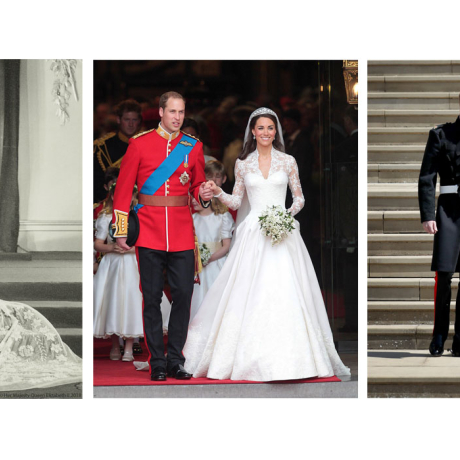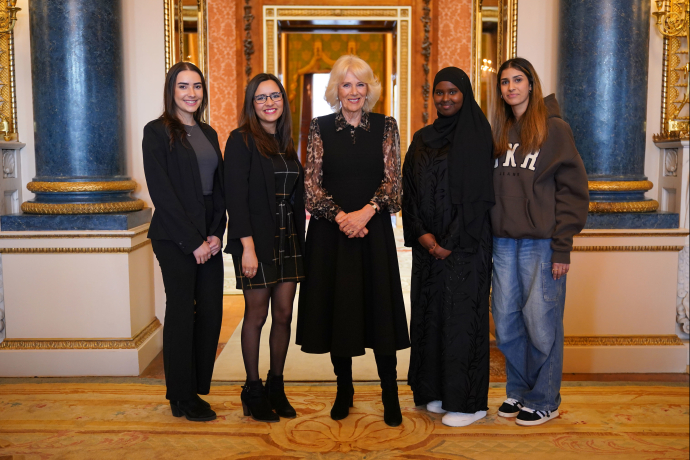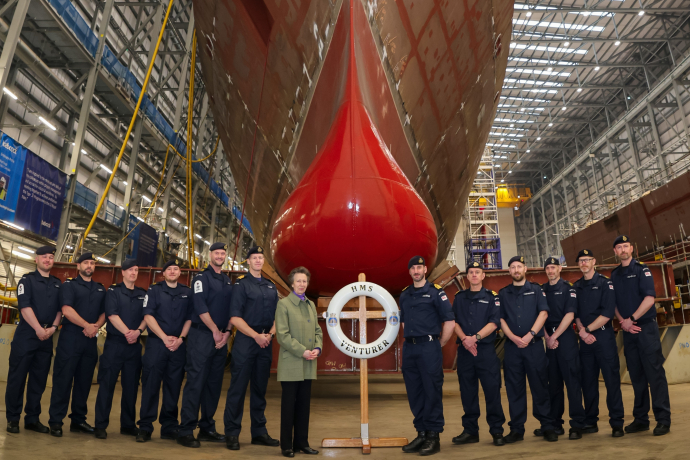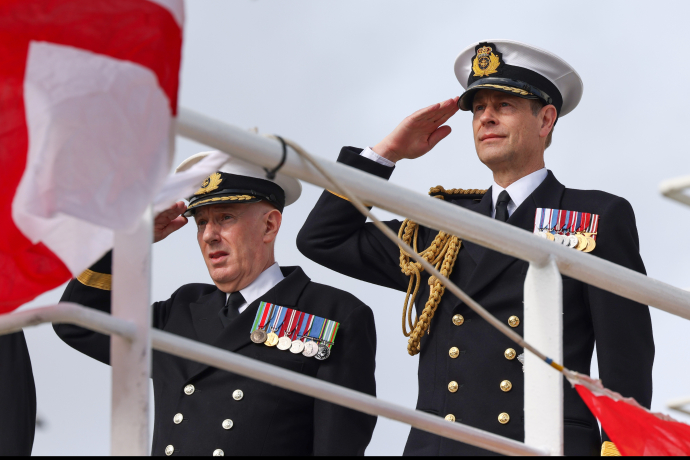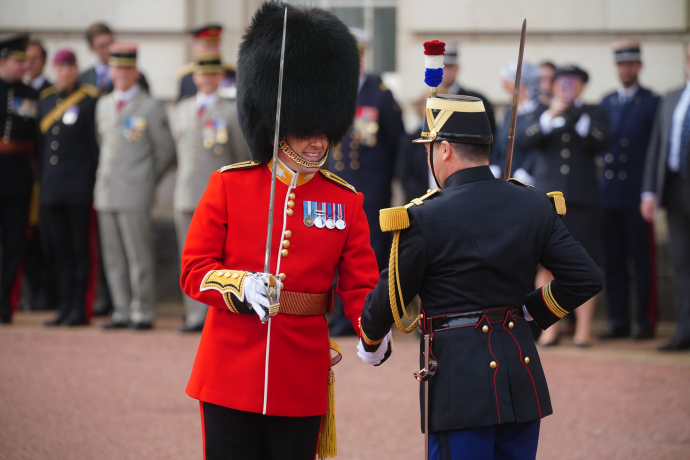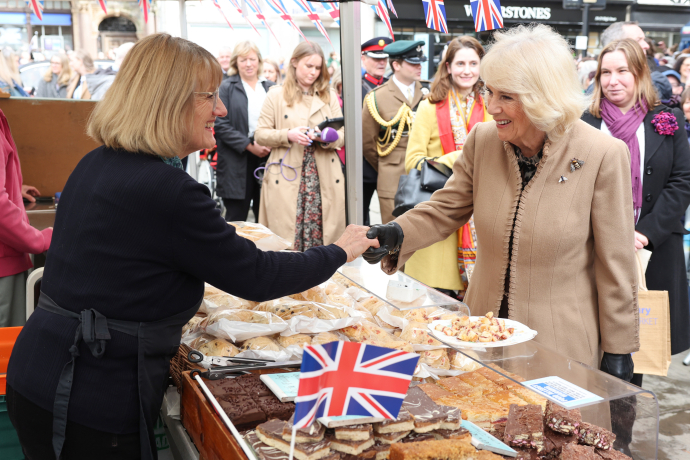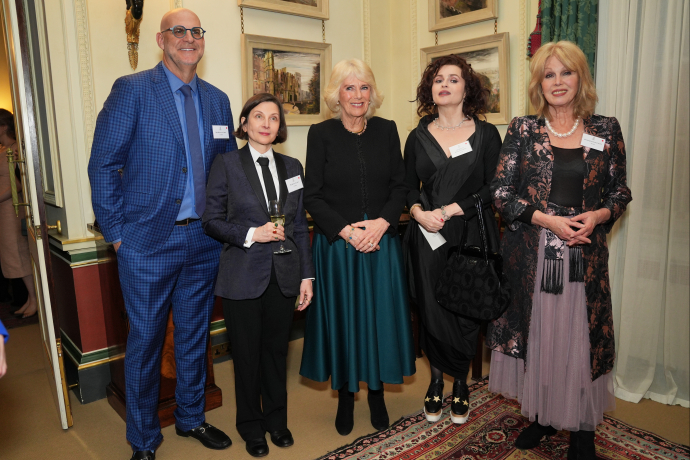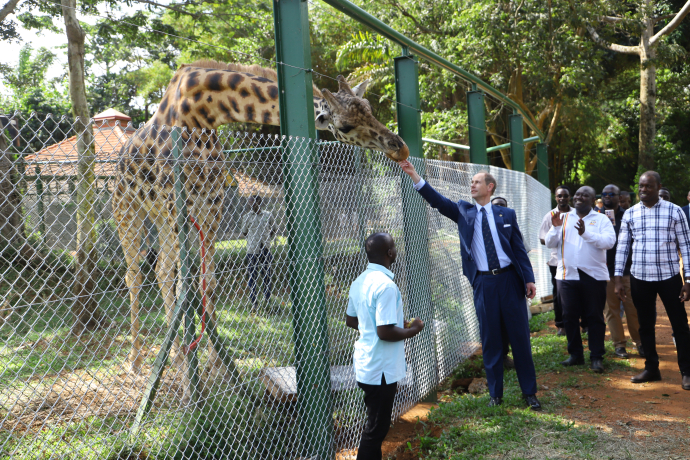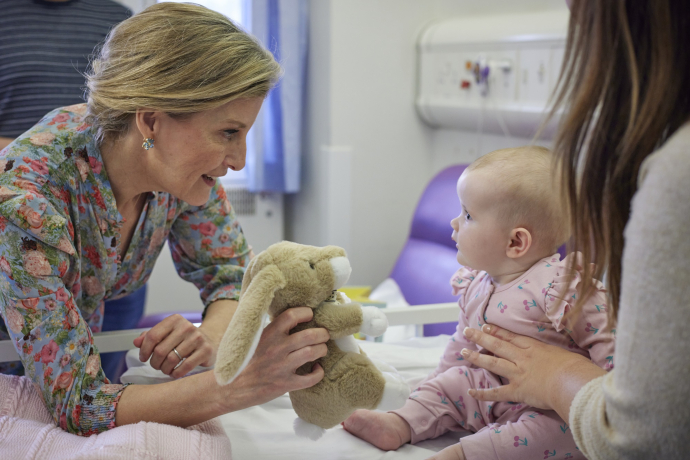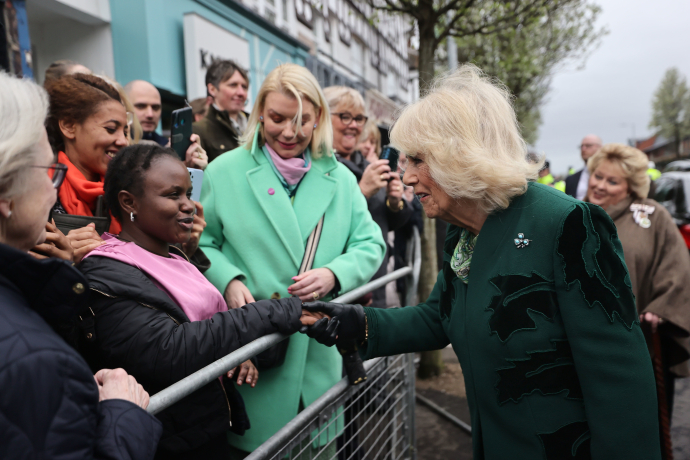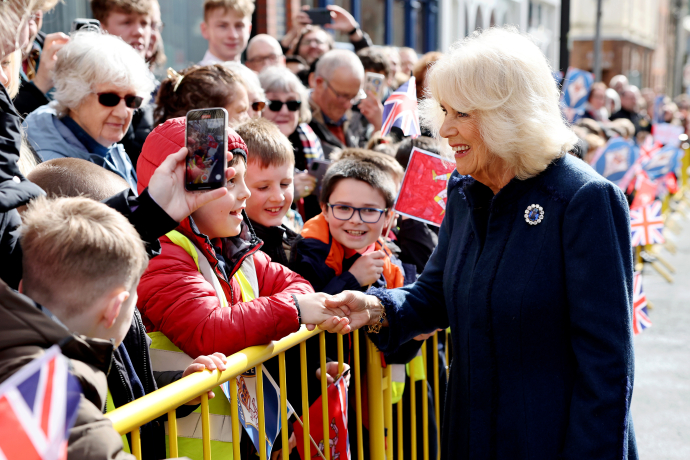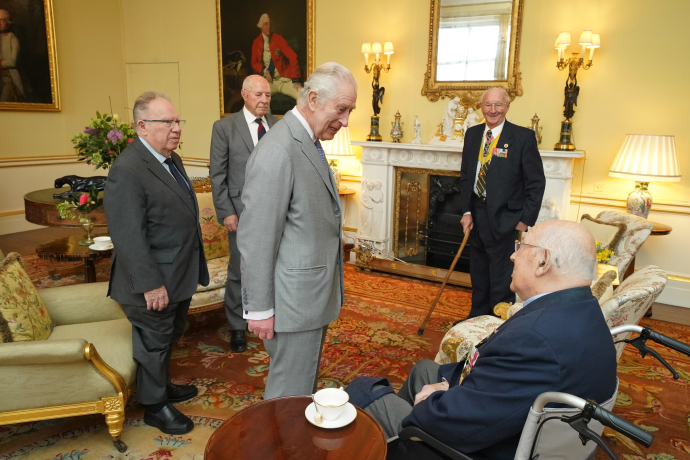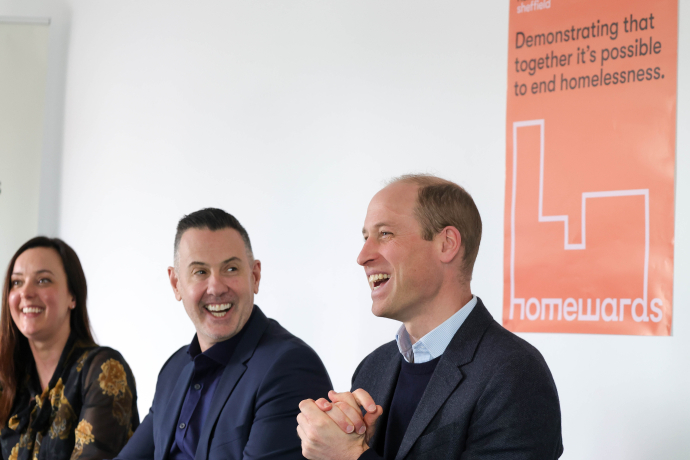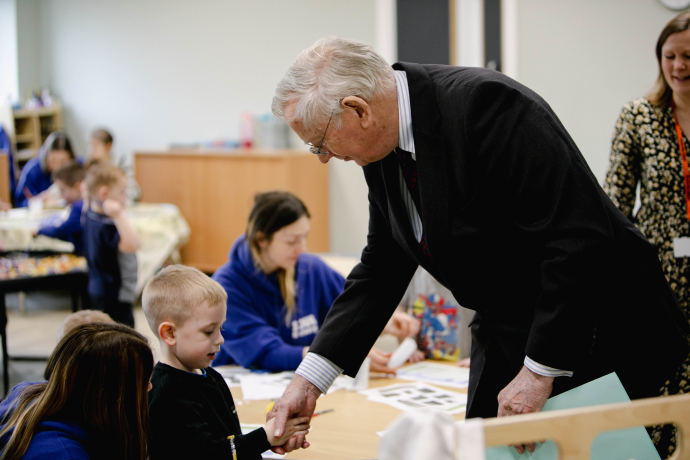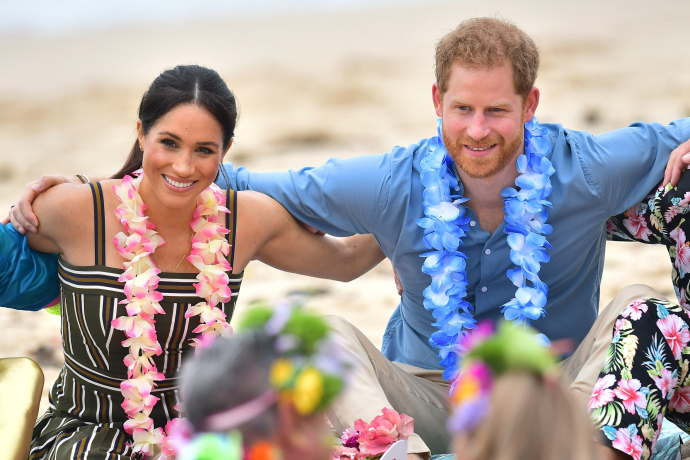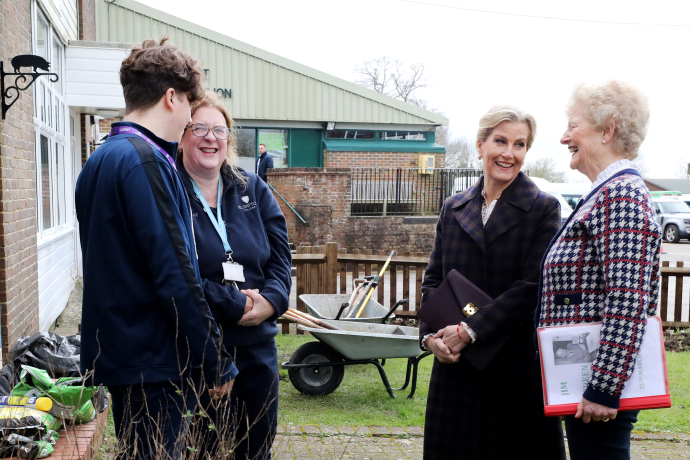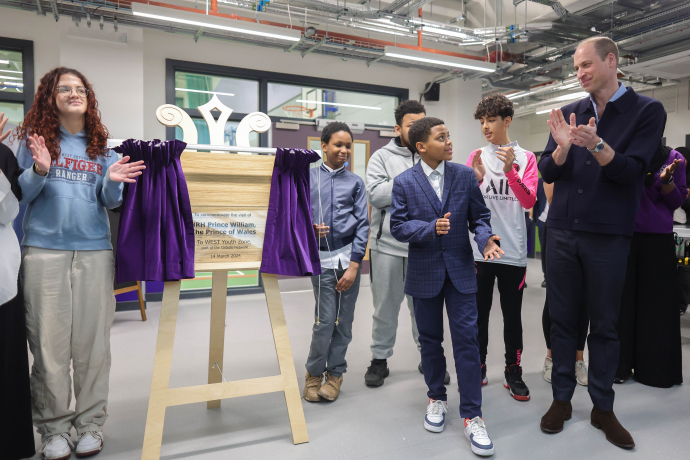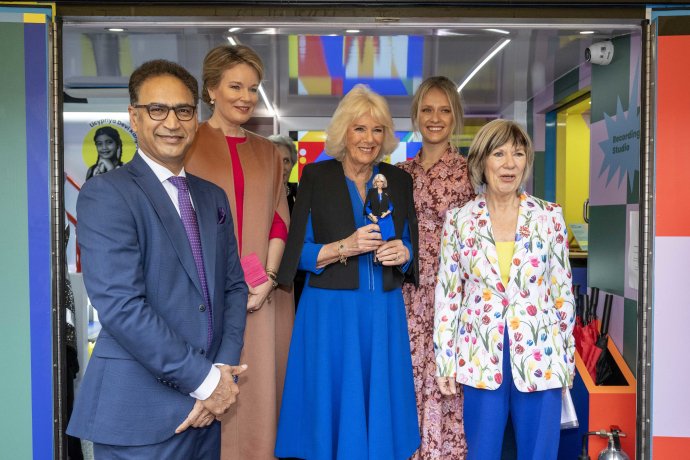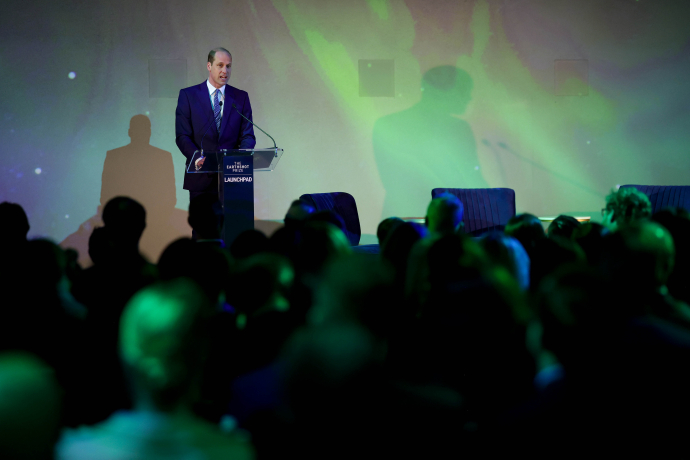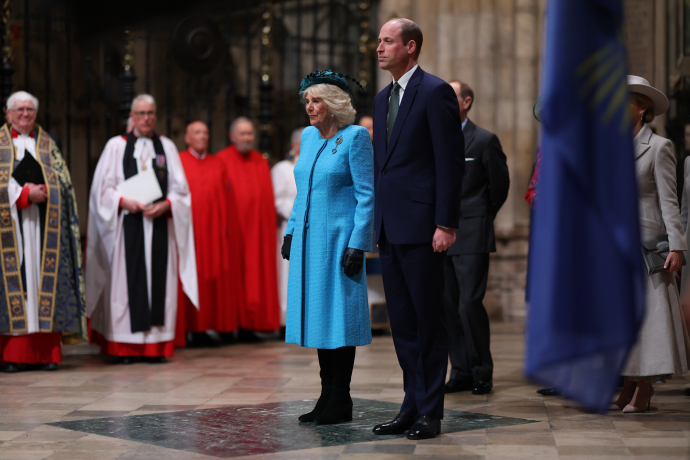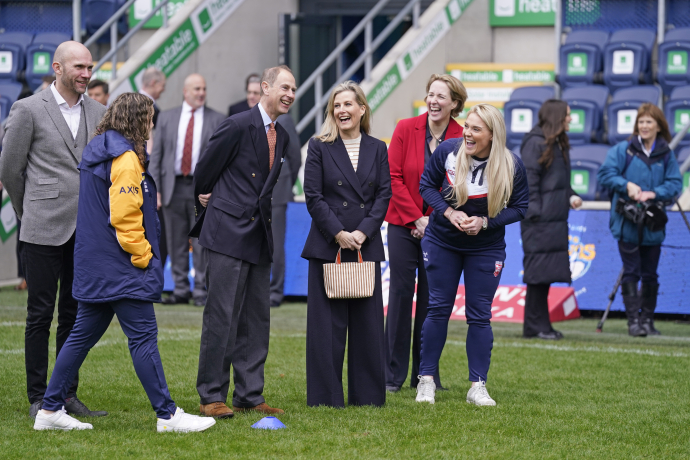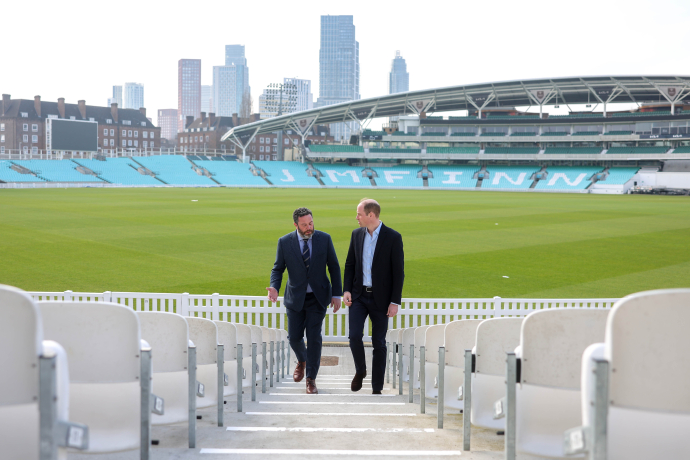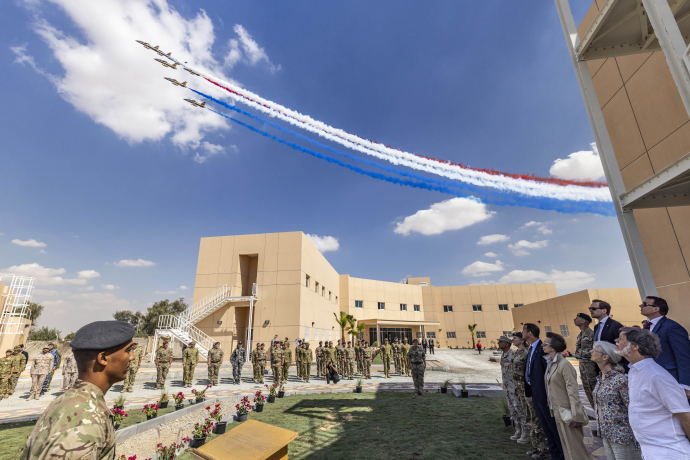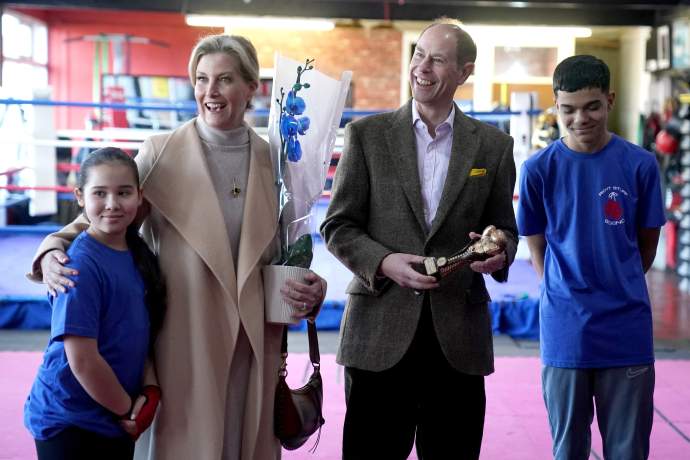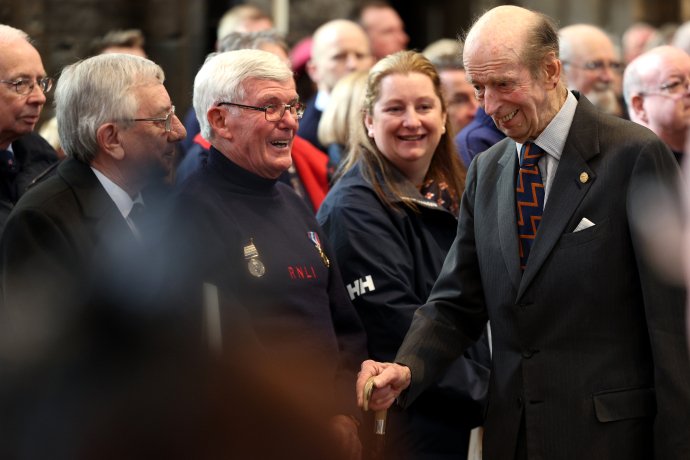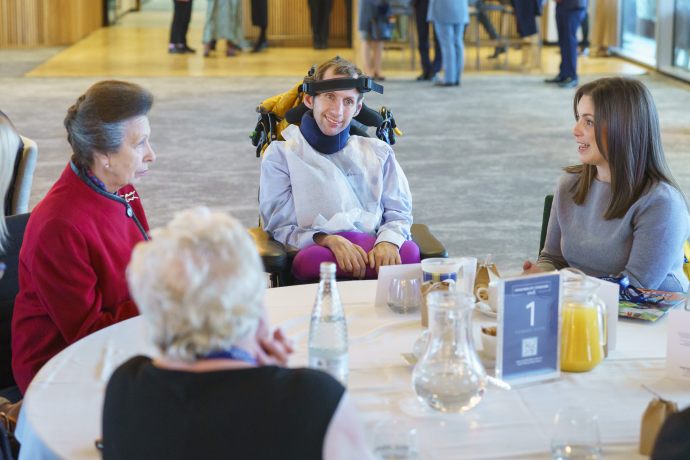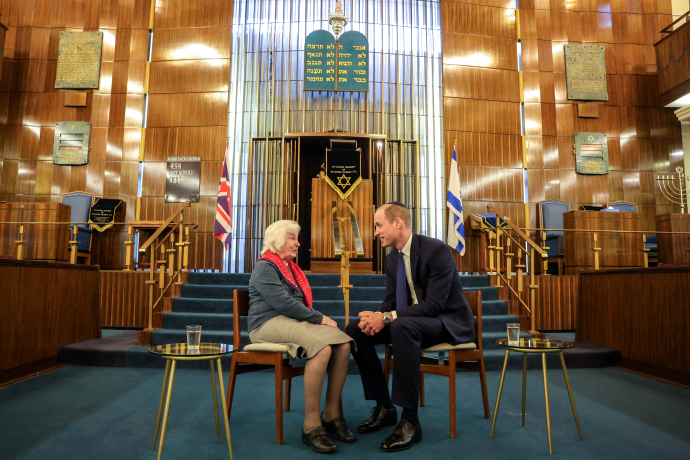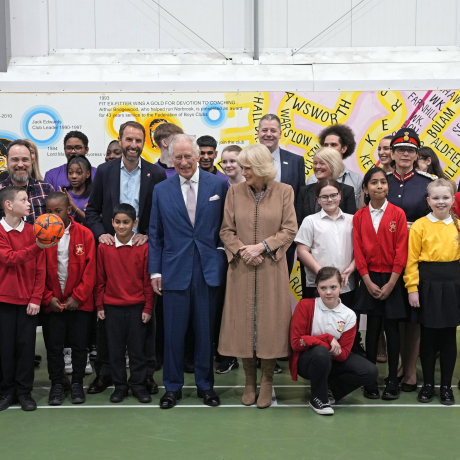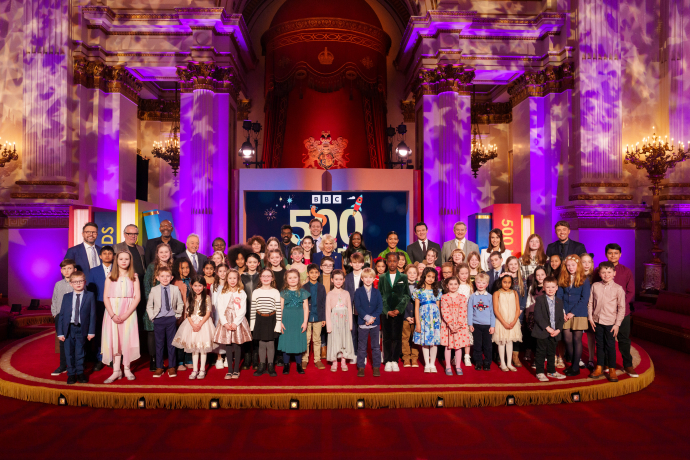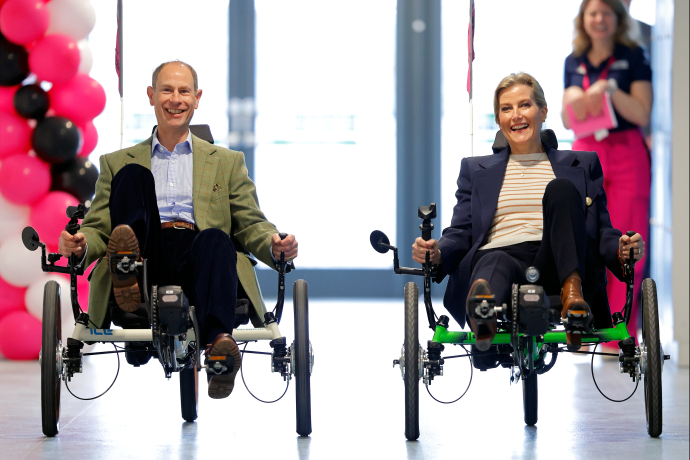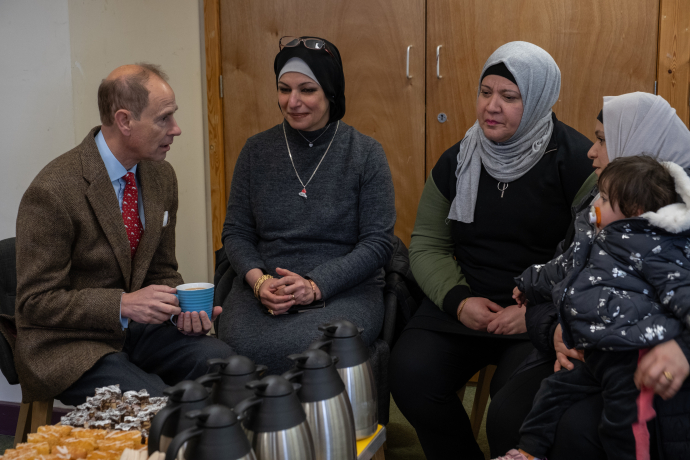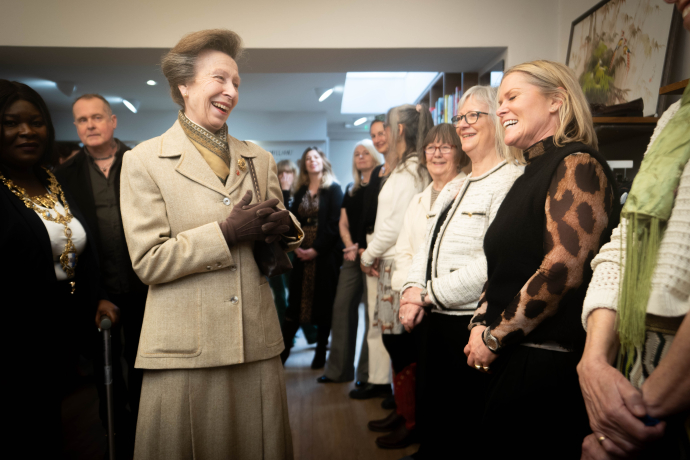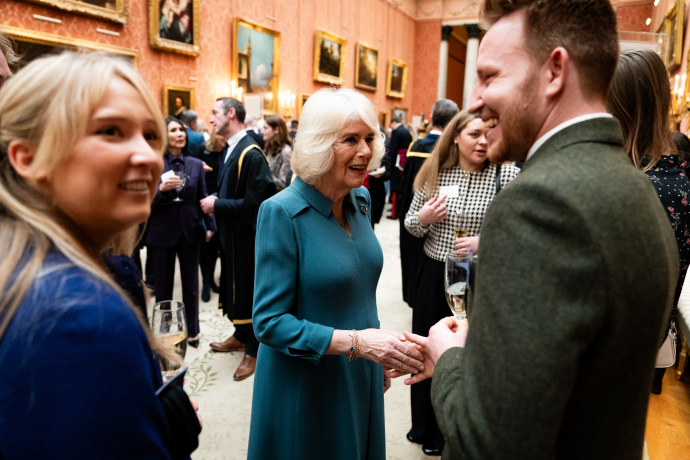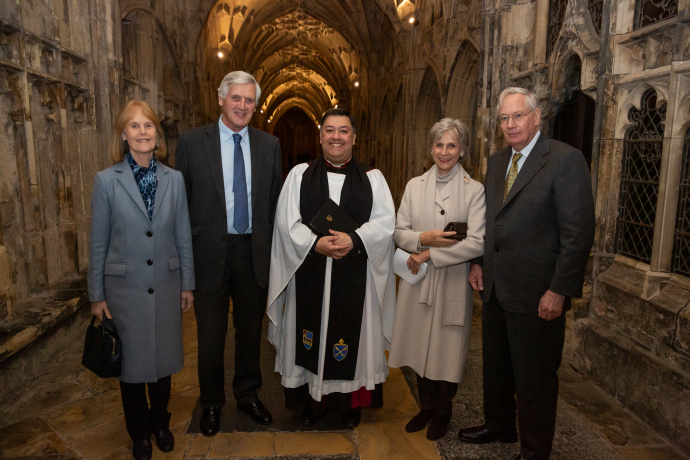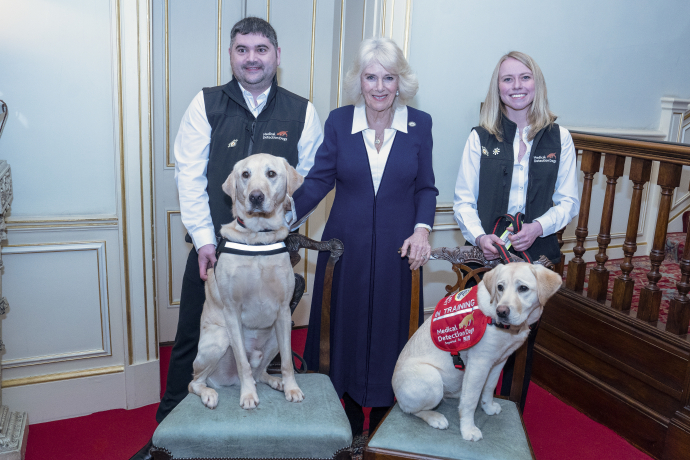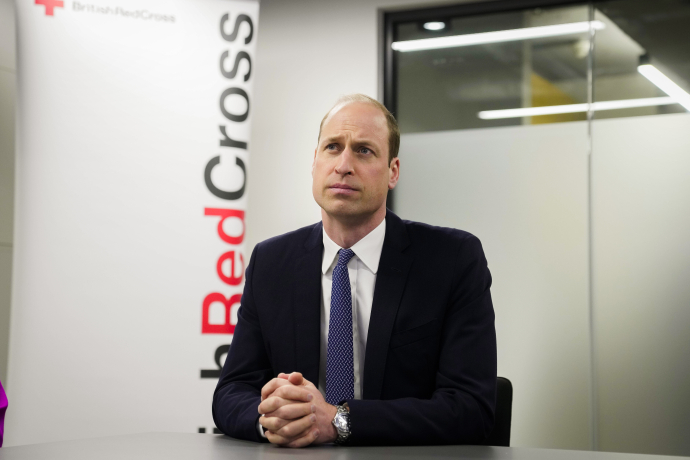- Queen Victoria
- Princess Victoria, The Princess Royal
- Princess Alice
- Princess Helena
- Princess Alexandra of Denmark
- Princess Louise
- Princess Louise Margaret of Prussia
- Princess Helena of Waldeck and Pyrmont
- Princess Beatrice
- Princess Mary of Teck
- Lady Elizabeth Bowes-Lyon
- The Queen
- Diana, Princess of Wales
- The Countess of Wessex
- The Duchess of Cornwall
- The Duchess of Cambridge
- The Duchess of Sussex
- Princess Eugenie of York
From Honiton lace to Orange Blossom, Royal Wedding Dresses over the years have encompassed tradition, whilst still embracing changing fashions.
With the help of The Royal Collection Trust, take a look at our gallery to see some of the dresses worn by Royal Brides over the years.
[embed_content nid="61205" show_title="true" show_submitted="true" show_meta="true" show_terms="true" show_links="true"][/embed_content]
To learn more about each dress, click on the menu on the left hand side, or if you're on a mobile, use the drop down menu.
Queen Victoria
Queen Victoria, who shares with Queen Mary I, the distinction of being a Queen regnant who married after her accession, dressed simply for her wedding to Prince Albert on 10 April 1840, at the Chapel Royal, St James's Palace.
Her dress was of white satin with a deep flounce of Honiton lace. Pinned to the off-the-shoulder neckline was a brooch that Prince Albert had given her as a wedding present: a large sapphire surrounded by diamonds. Her earrings and necklace were also made of diamonds. On her head, instead of the expected coronet of diadem she wore only a wreath of orange blossom and a lace veil.
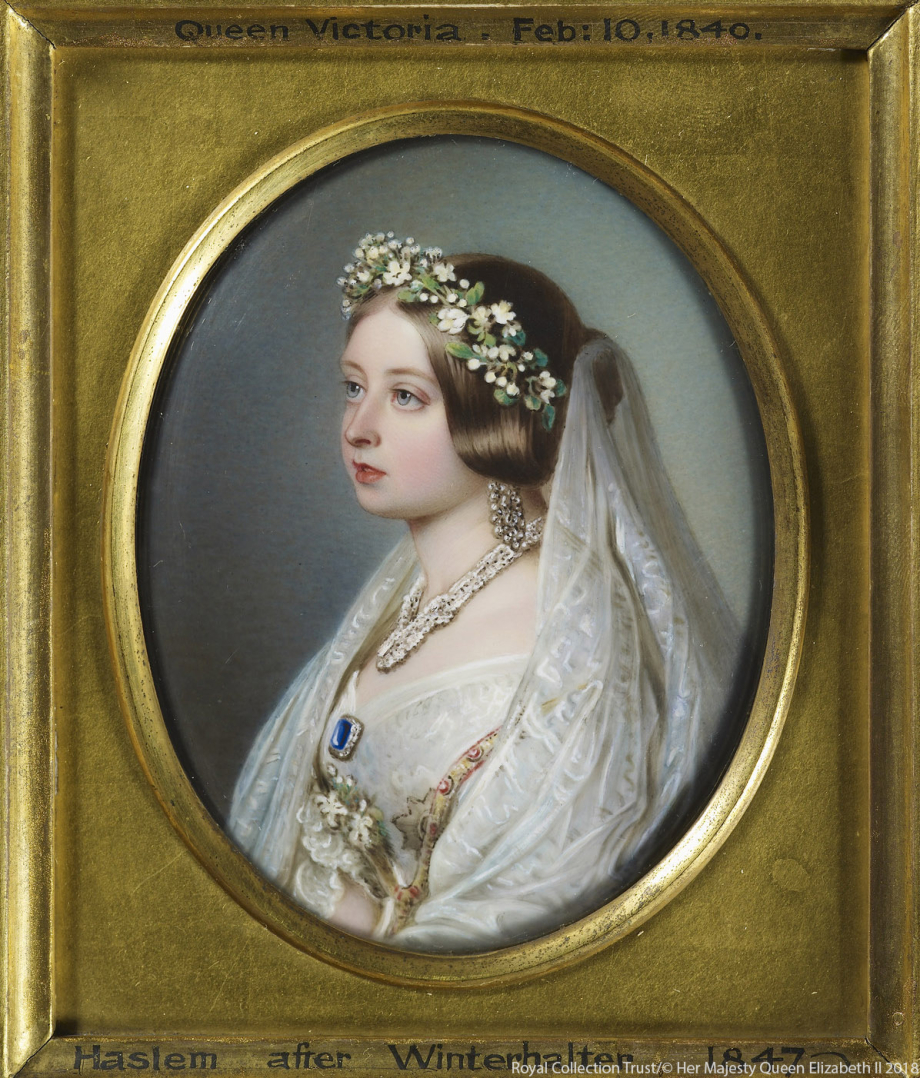
Honiton lace is a feature in a number of Royal Wedding dresses; it is a type of bobbin lace made in Honiton, Devon.
Princess Victoria, The Princess Royal
The eldest daughter of Queen Victoria married Prince Frederick of Prussia, later Frederick III, German Emperor and King of Prussia on 25 January 1858 at the Chapel Royal, St James's Palace.
Princess Victoria's dress was made of white Moiré Antique, a fabric with a wavy (watered) appearance, which was decorated with three flounces of Honiton lace. A flounce is a wide ruffle sewn onto a skirt or sleeve. The lace was decorated with roses, shamrocks and thistles – the emblems of England, Ireland and Scotland.
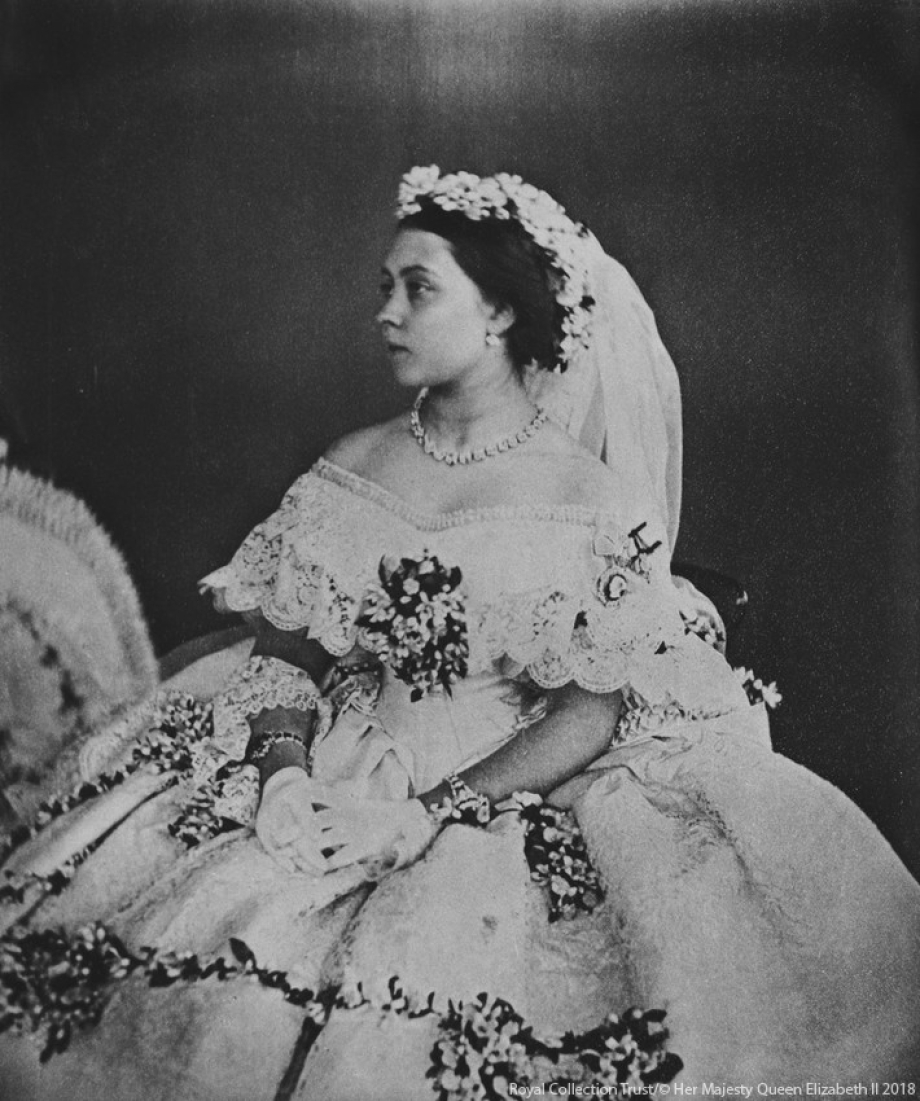
The skirt of the dress was embellished with wreaths of orange and myrtle blossom, the latter being the bridal flower of Germany (the home country of her fiancé), decorated the dress. A large bouquet of the same flowers was placed on the centre of the bodice.
Princess Alice
Princess Alice's wedding to Prince Louis of Hesse took place in the Dining Room of Osborne House on 1 July 1862. The wedding took place just seven months since the death of Prince Albert and The Royal Family was still in deep mourning. On 21 April 1862, Queen Victoria wrote in her journal "Oh! My heart sinks when I think of having to go through it all alone!".
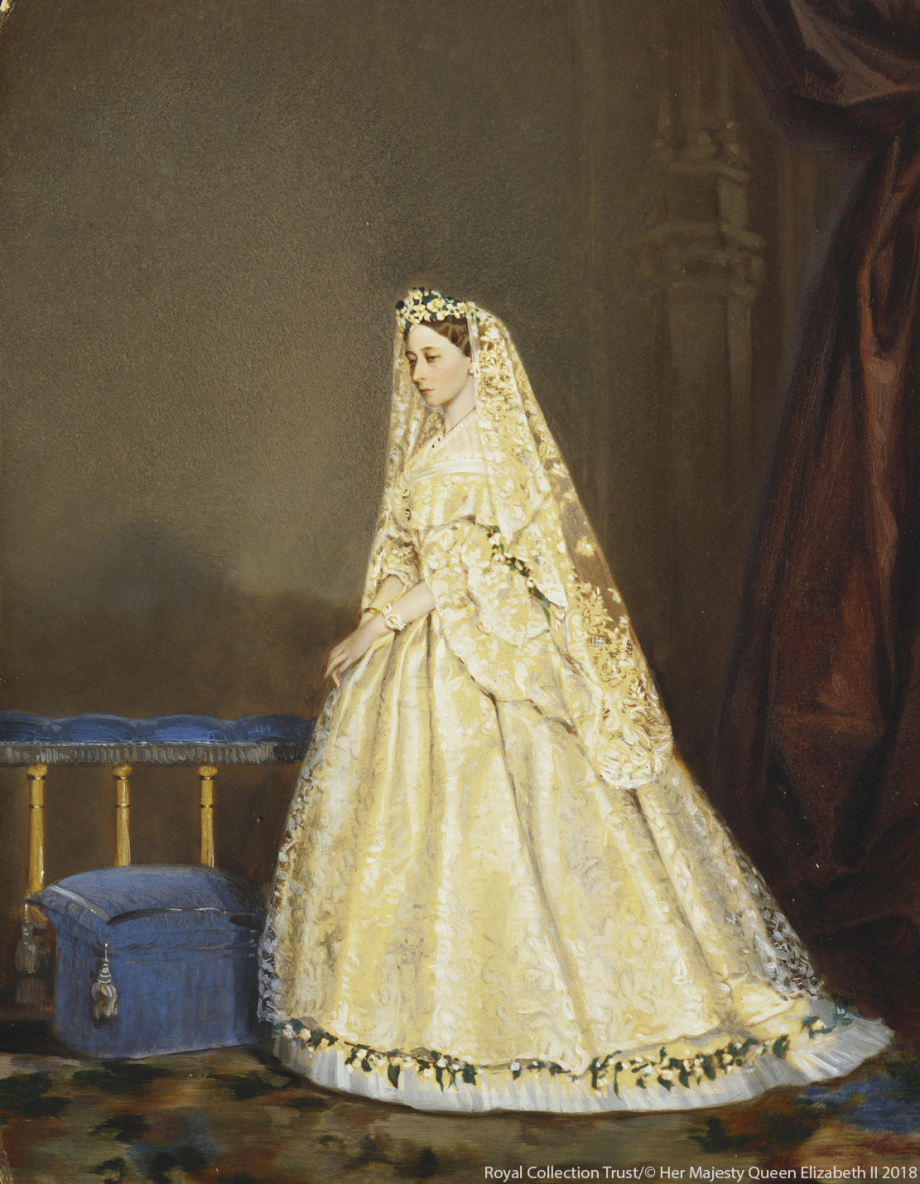
The muted Royal occasion was reflected in the dress, which was noted as being a 'half-high dress with a deep flounce of Honiton lace, a veil of the same and a wreath of orange blossom and myrtle. It was a simple style and not embellished with a court train'.
Princess Helena
For Princess Helena's wedding to Prince Christian of Schlewsig-Holstein at Windsor Castle on 5 July 1866, the white satin dress featured similar embellishments to her mother's and sister's dresses.
Honiton lace was used in the flounces and veil, and featured roses, ivy and myrtle. Myrtle has had a long association with weddings as in the language of flowers it symbolises love. Helena's headpiece was composed of orange blossom and myrtle.
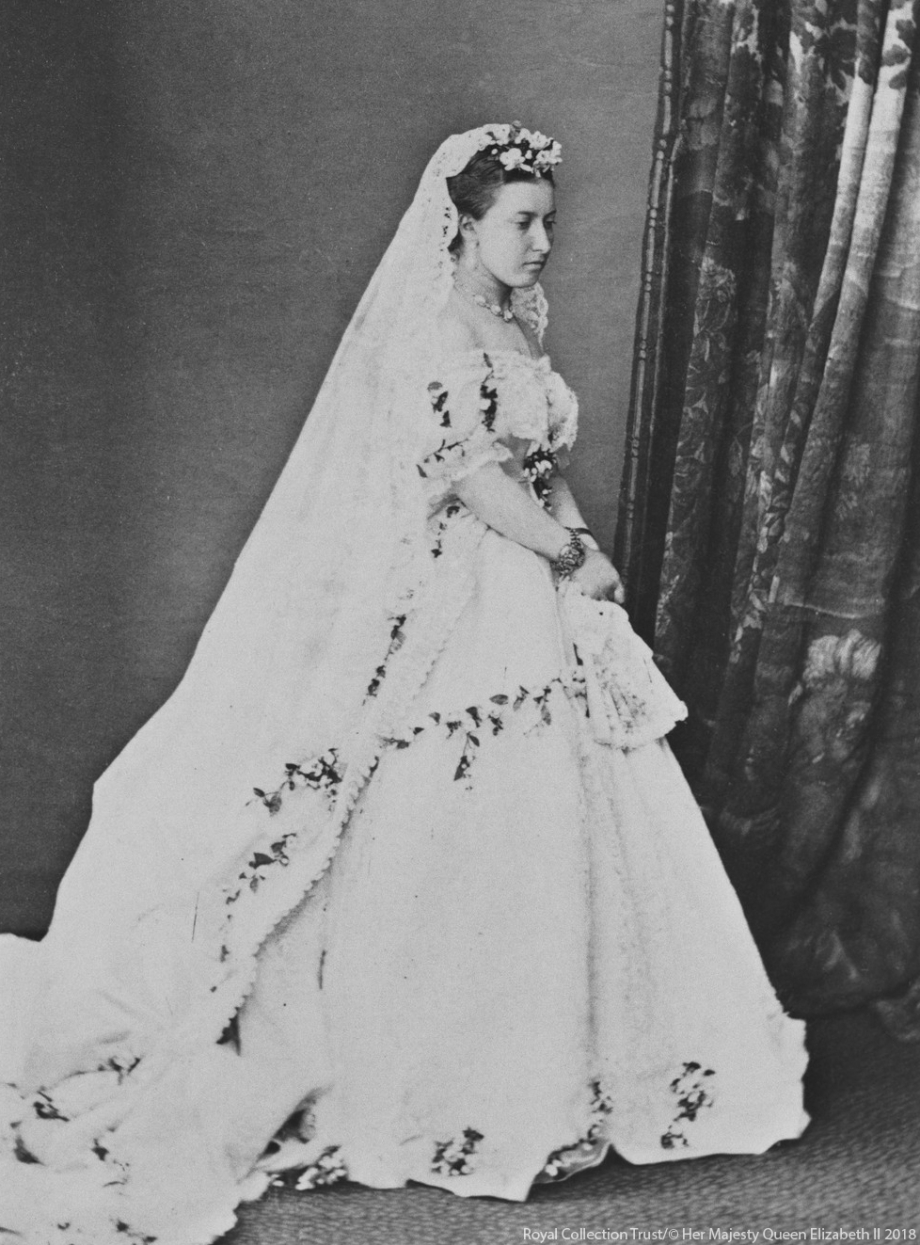
Find out more about the Myrtle's significance in Royal Weddings.
Queen Victoria wrote in her journal that "Lenchen's [Helena's], wedding dress was of white satin, trimmed with one superb flounce of Honiton lace, originally chosen for me, by dearest Albert & sprays of orange flowers & myrtles, & a very long train, trimmed with the same lace & flowers".
Princess Alexandra of Denmark
Princess Alexandra married Prince Albert, The Prince of Wales at St George's Chapel, Windsor Castle on the 10 March 1863, the couple would later become Queen Alexandra and King Edward VII - with this is in mind, the wedding dress was designed for a future Queen.
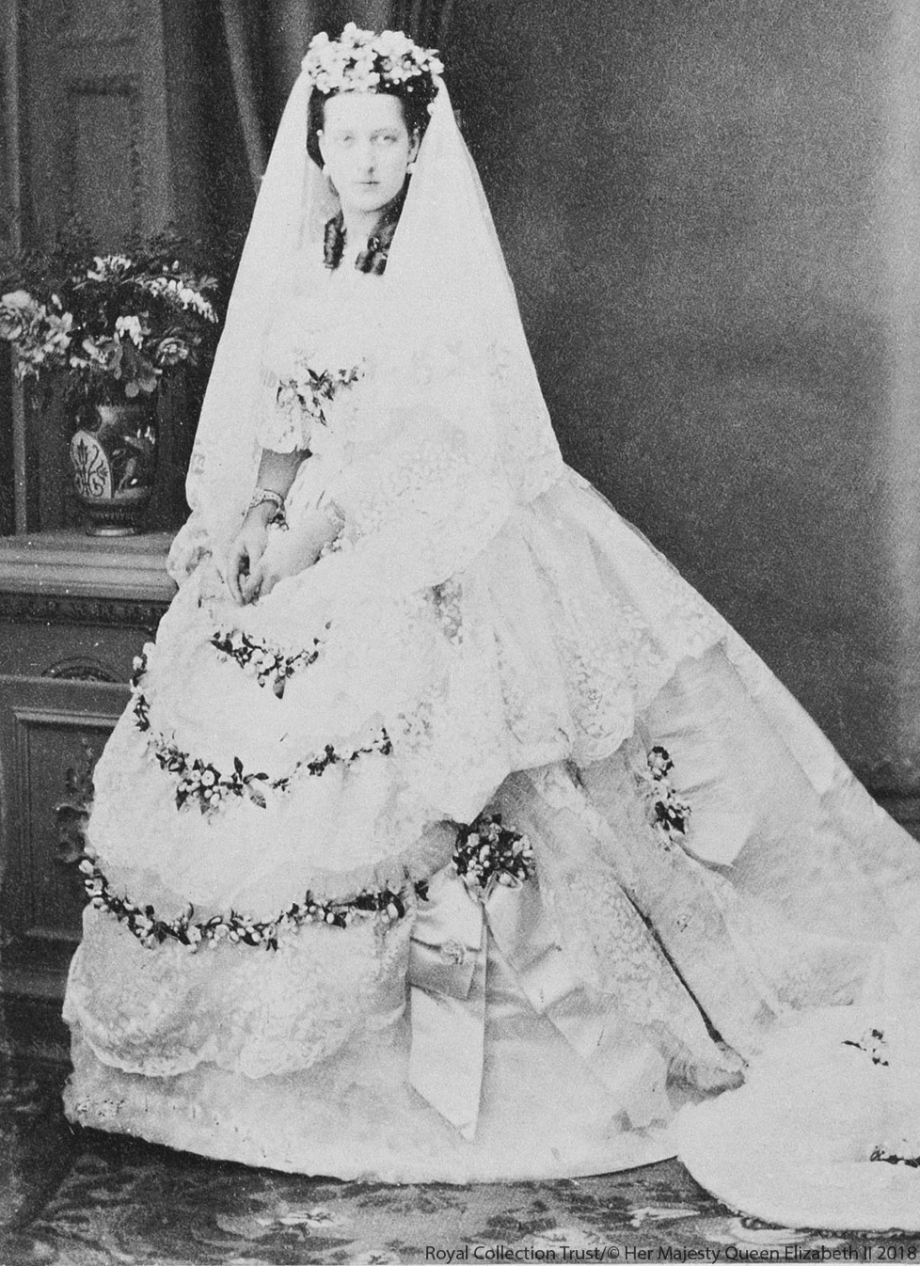
The white silk dress was garlanded with orange blossom and trimmed with Honiton lace in a patriotic pattern of roses, shamrocks and thistles. As a wedding present, Prince Albert gave Alexandra a looped pearl and diamond necklace and earrings with pendant drops.
Princess Louise
On 21 March 1871 Princess Louise, the sixth child of Queen Victoria, married the Marquis of Lorne (heir of to the Dukedom of Argyll) at St George's Chapel, Windsor Castle.
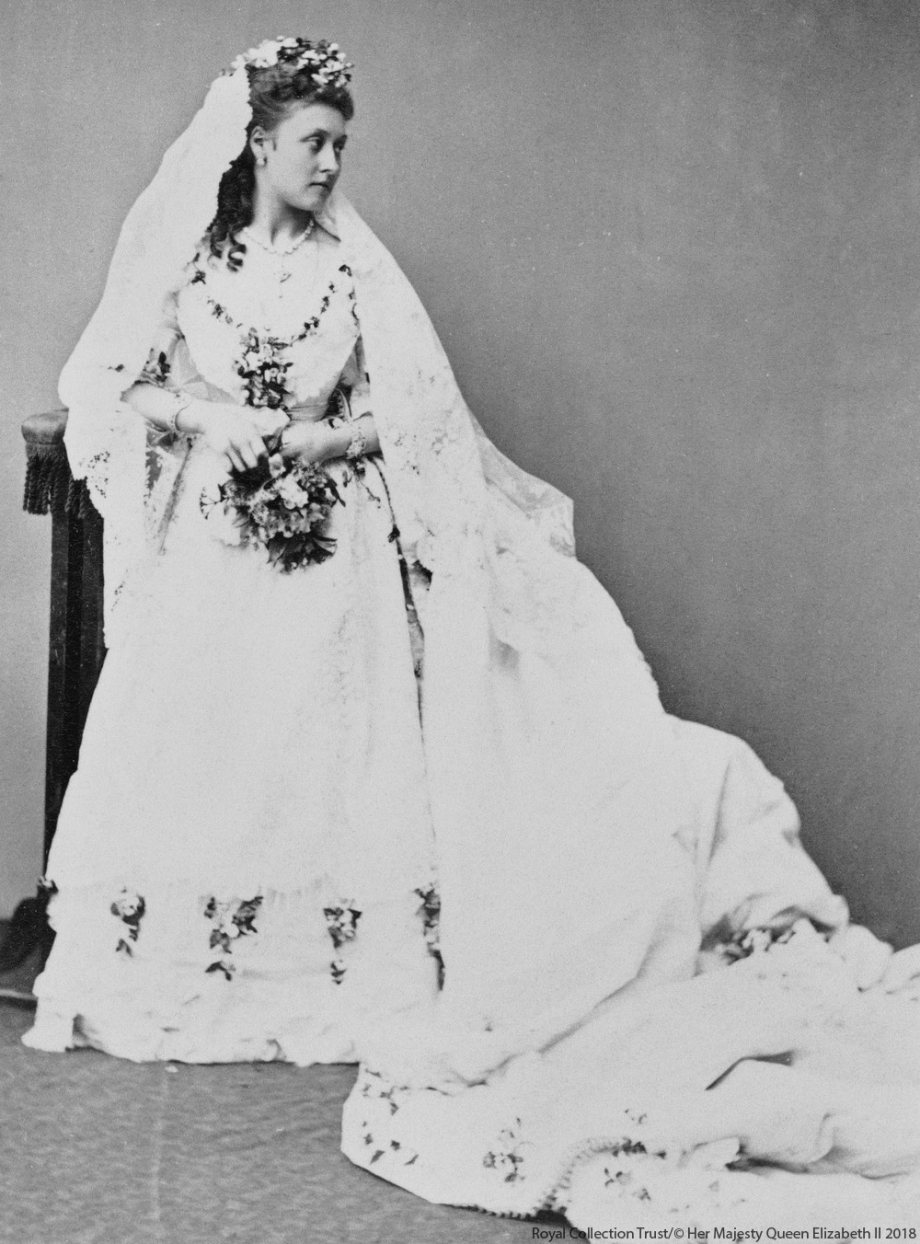
Louise's white silk wedding dress was decorated with national and royal symbols, with deep flounces of flower-strewn Honiton lace, and a short wedding veil of Honiton lace that she designed herself and was held in place by two diamond daisy hair pins presented by her siblings, Princes Arthur, Prince Leopold and Princess Beatrice.
Princess Louise Margaret of Prussia
At Princess Louise Margaret's wedding to Prince Arthur, Duke of Connaught on 13 March 1879, her dress reflected her European ancestry. Although it was made of the usual white satin and decorated with traditional myrtle leaves, it was made in Silesia. The lace for the train (which was four metres long) and veil was from point d'Alençon lace (rather than Honiton), although the usual orange blossom and myrtle was still represented.
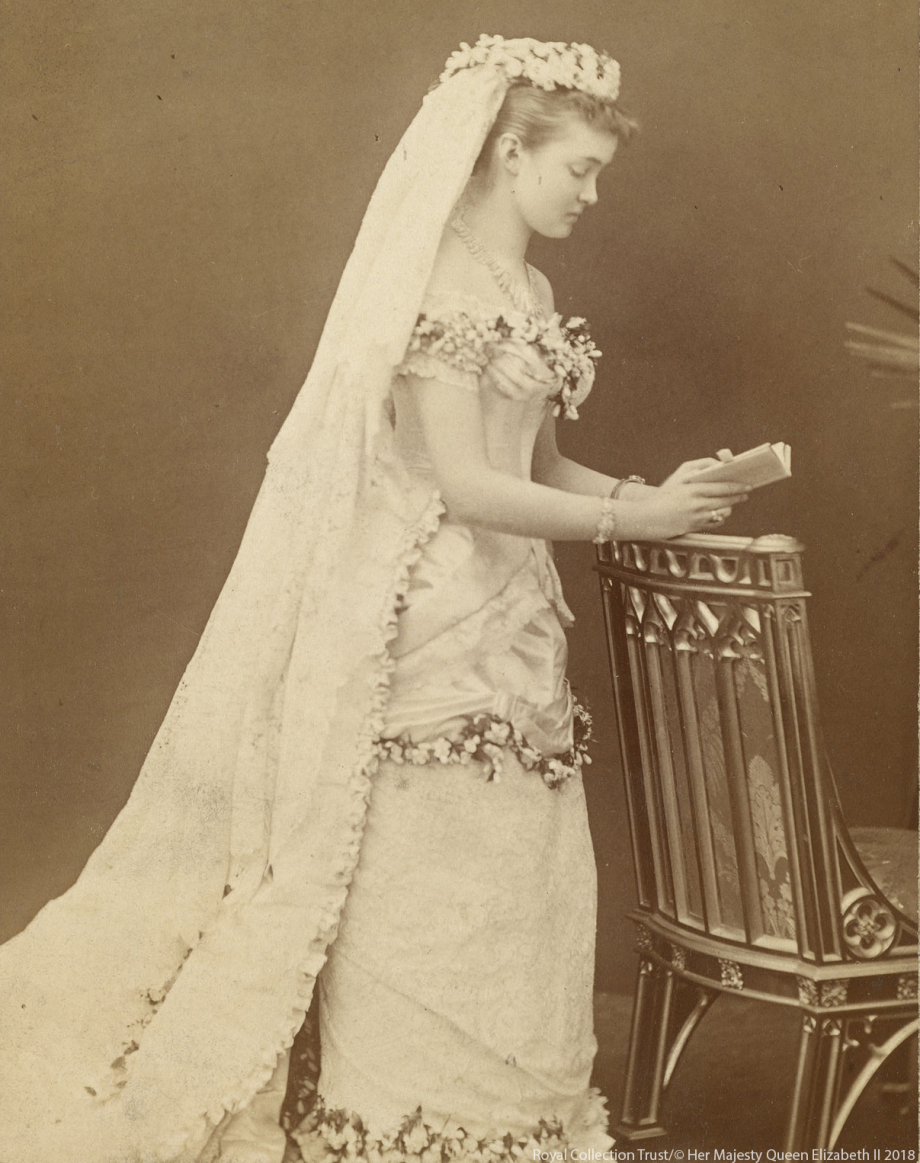
Point d'Alençon is needle lace that originated in Alençon, France in the 16th century.
Princess Helena of Waldeck and Pyrmont
Princess Helena married the youngest son of Queen Victoria, Prince Leopold on 27 April 1882 at St George's Chapel, Windsor Castle. Helena's dress was sewn in Paris, and was made of white satin, decorated with traditional orange blossom and myrtle and trimmed with fleur-de-lis. The dress was again topped with point d'Alençon lace. The long tulle veil was held in place by a diamond headdress and a wreath of orange flowers and myrtle.
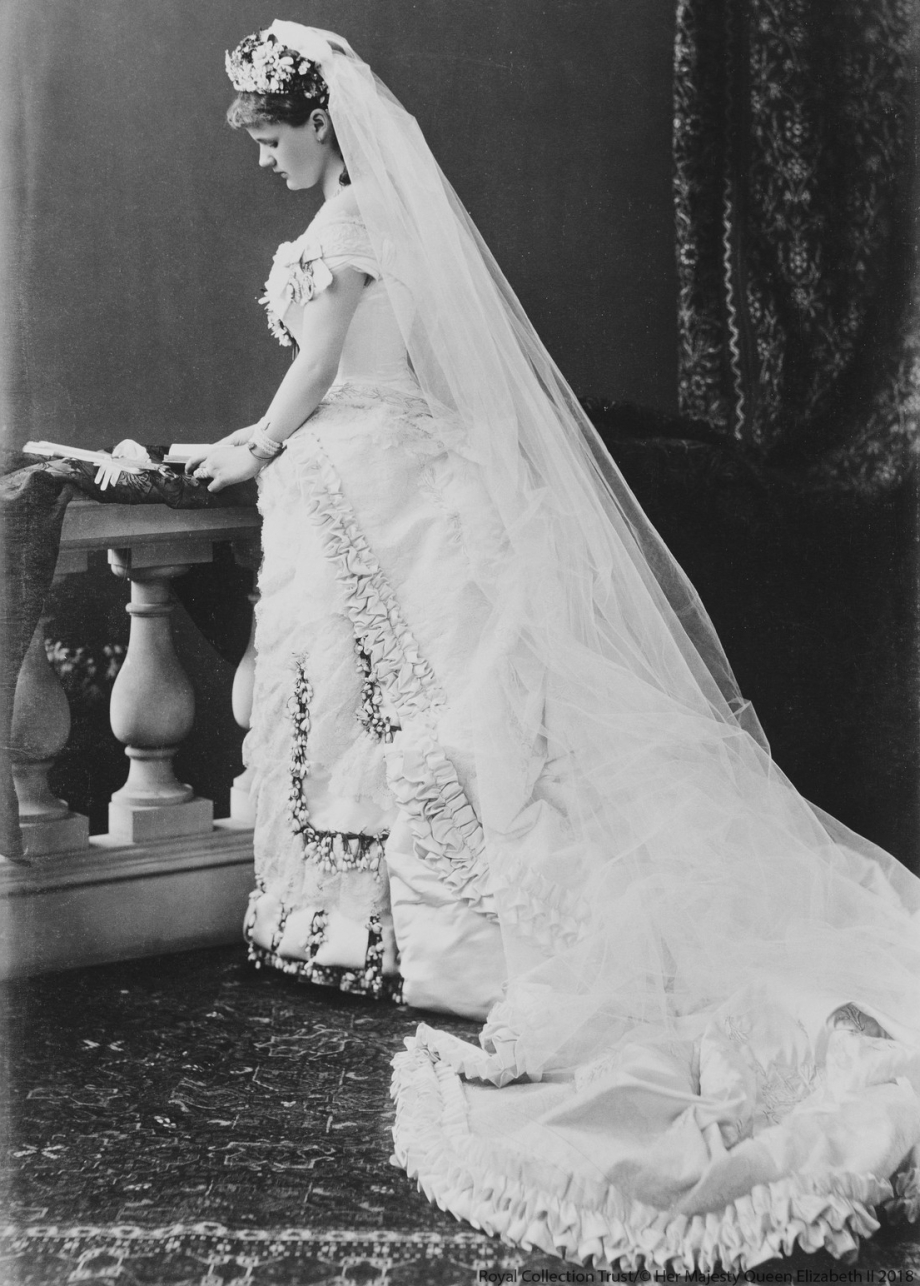
The tradition of orange blossom was established following the wedding of Queen Victoria to Prince Albert. Between 1839 and 1846 Prince Albert presented Queen Victoria with a number of pieces from a beautiful orange blossom parure (matching set of jewellery) to mark significant moments in their lives – read more here.
Princess Beatrice
Princess Beatrice, the youngest child of Queen Victoria, married Prince Henry of Battenberg at St Mildred's Church at Whippingham near Osborne, on 23 July 1885.
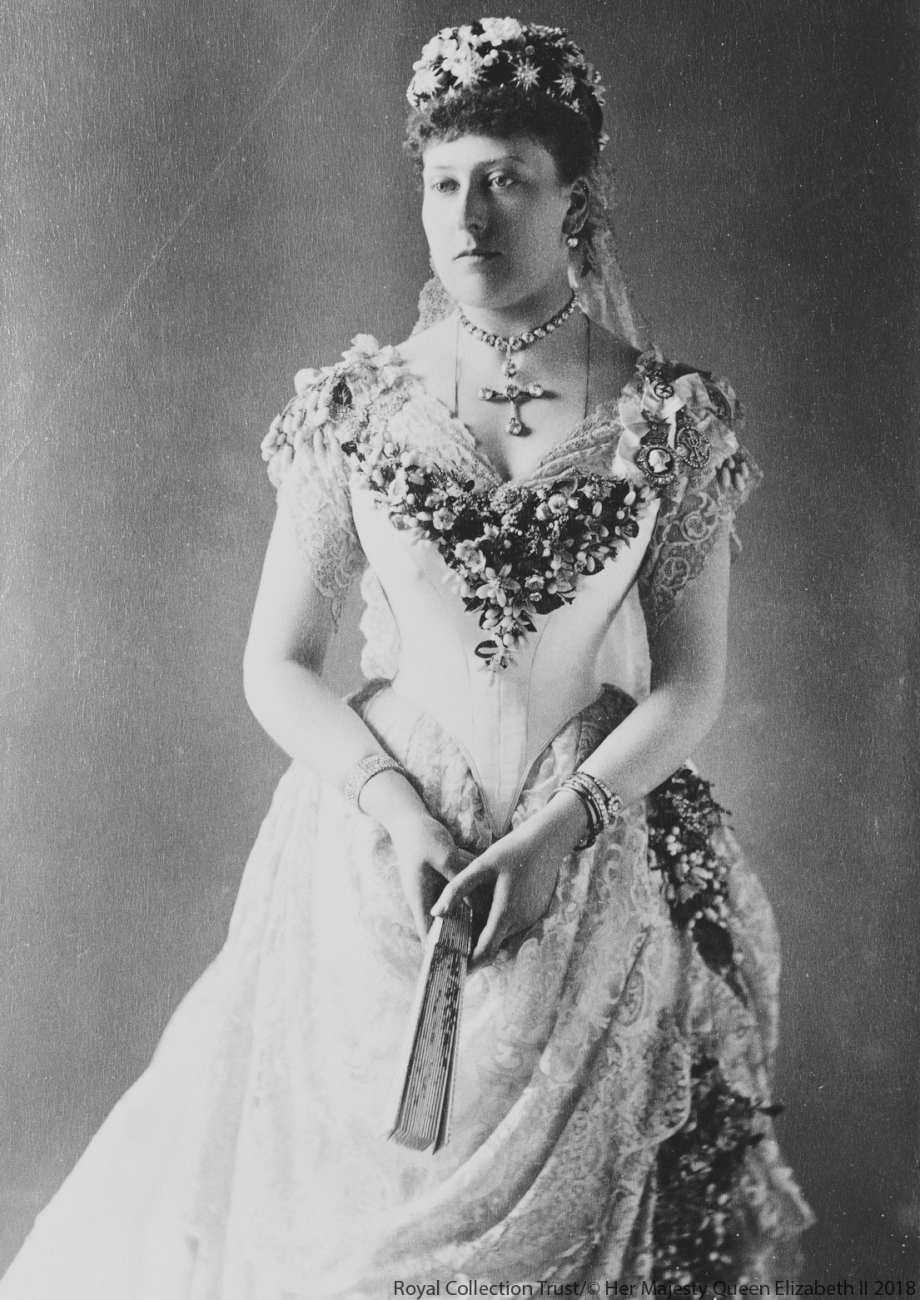
Beatrice's white satin dress and lace overskirt was trimmed with orange blossom and white heather. Beatrice was a lover of lace – one her most treasured possessions was a tunic of point d'Alençon lace that had belonged to Catherine of Aragon. Queen Victoria allowed Beatrice to wear the Honiton lace and veil that she wore for her own wedding – the only one her daughters that had the opportunity to wear it.
Princess Mary of Teck
For Princess Mary of Teck (later Queen Mary), bride of the future King George V in July 1893, the choice was a simple, elegant white and silver dress. Her train, woven in silver and white brocade, was embroidered with roses, thistles and shamrocks, and her small lace veil fastened with a diamond rose of York.
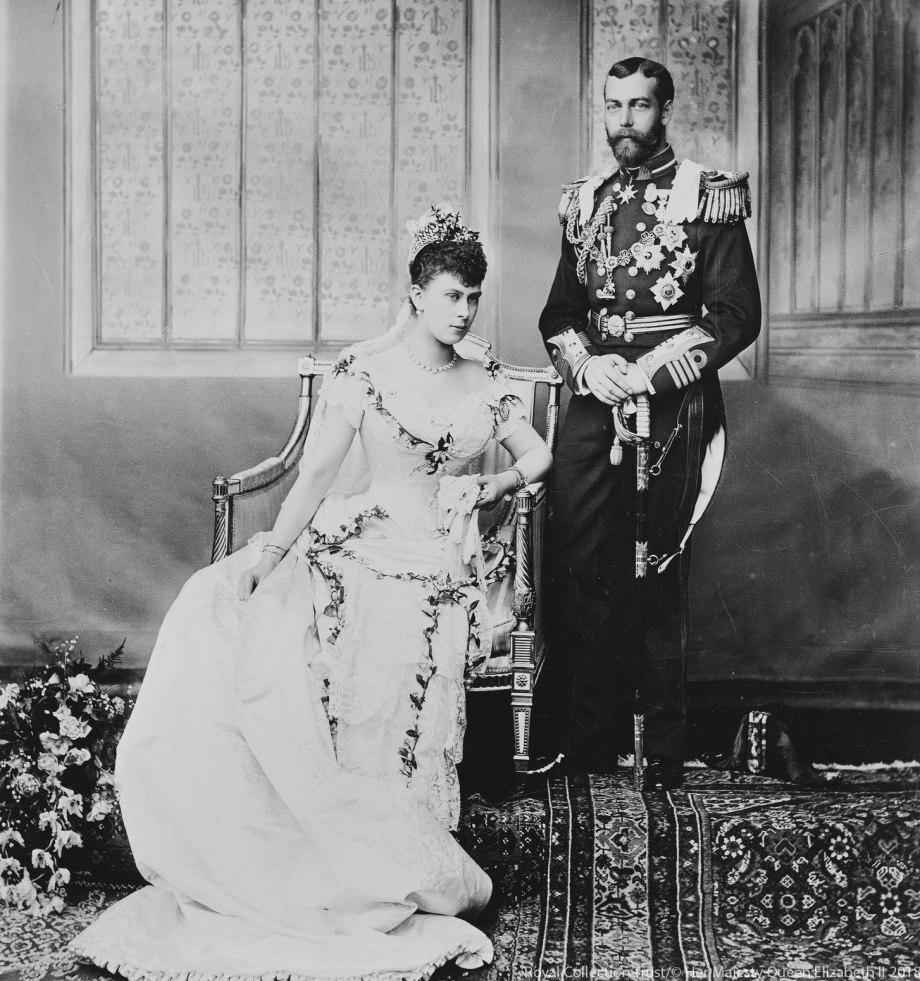
The dress was designed by Arthur Silver, of the Silver Studio, who was known for his Art Nouveau designs and was influenced by Japanese art. Mary continued the orange blossom tradition, with small wreaths being placed on the bust of the dress and in her hair. The dress also featured Honiton lace, which had been used by Mary's mother, The Duchess of Teck's own wedding.
Lady Elizabeth Bowes-Lyon
White roses of York appeared on either side of the orange-blossom wreath holding in place the veil of Flanders lace worn by Lady Elizabeth Bowes-Lyon for her wedding to The Duke of York (later King George VI) in 1923.
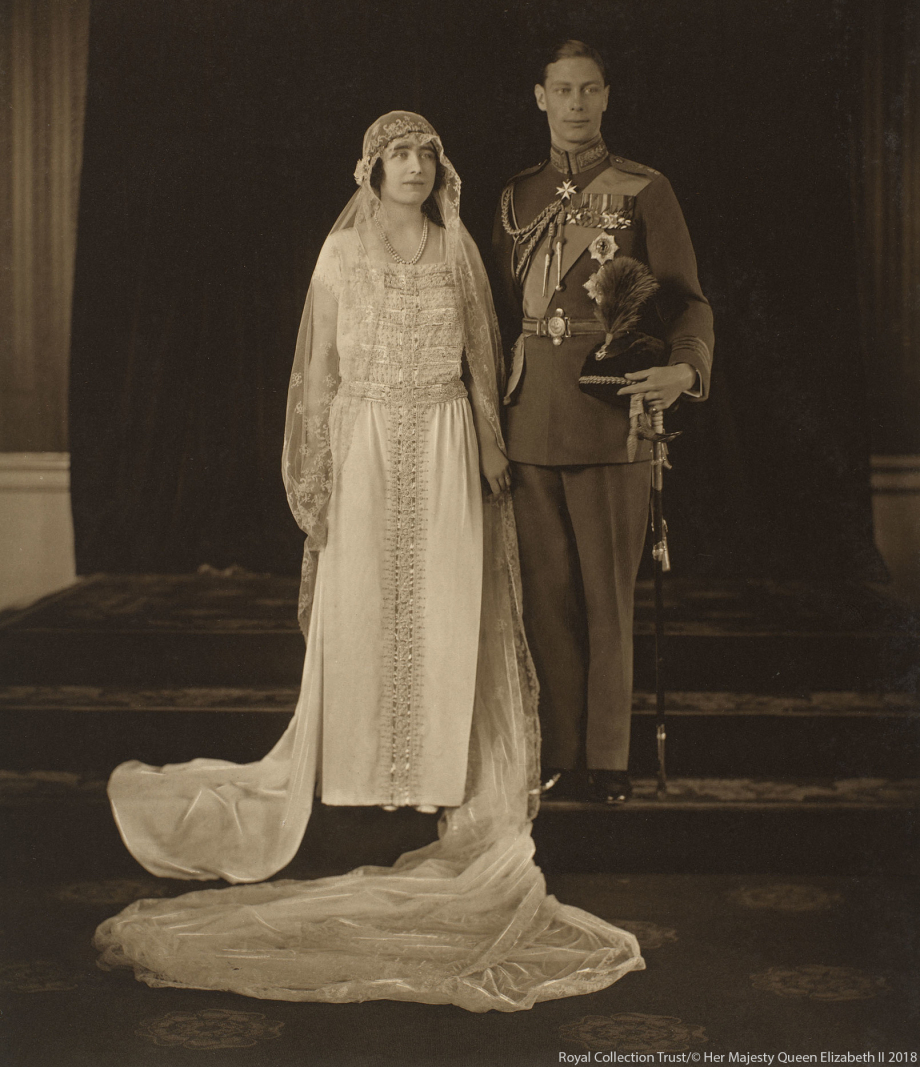
Her medieval-looking, waistless dress was of ivory silk crepe, with strips of silver lamé embroidered with seed pearls and two trains, one fastened at the hips, the other floating from the shoulders.
The Queen
The rose of York, hand-embroidered in over 10,000 pearls and crystals, was a prominent feature of daughter The Queen's (then Princess Elizabeth) wedding dress in November 1947. The dress was designed by Sir Norman Hartnell, who cited Boticelli's Painting Primavera, which symbolises the coming of spring, as his inspiration for the design.
The spreading skirt of ivory Duchesse satin, below a fitted bodice with heart-shaped neckline and long tight sleeves, was embroidered with garlands of roses in raised pearls entwined with ears of wheat in crystals and pearls. Round the full hem a border of orange blossom was appliqued with transparent tulle outlined in seed pearls and crystal.
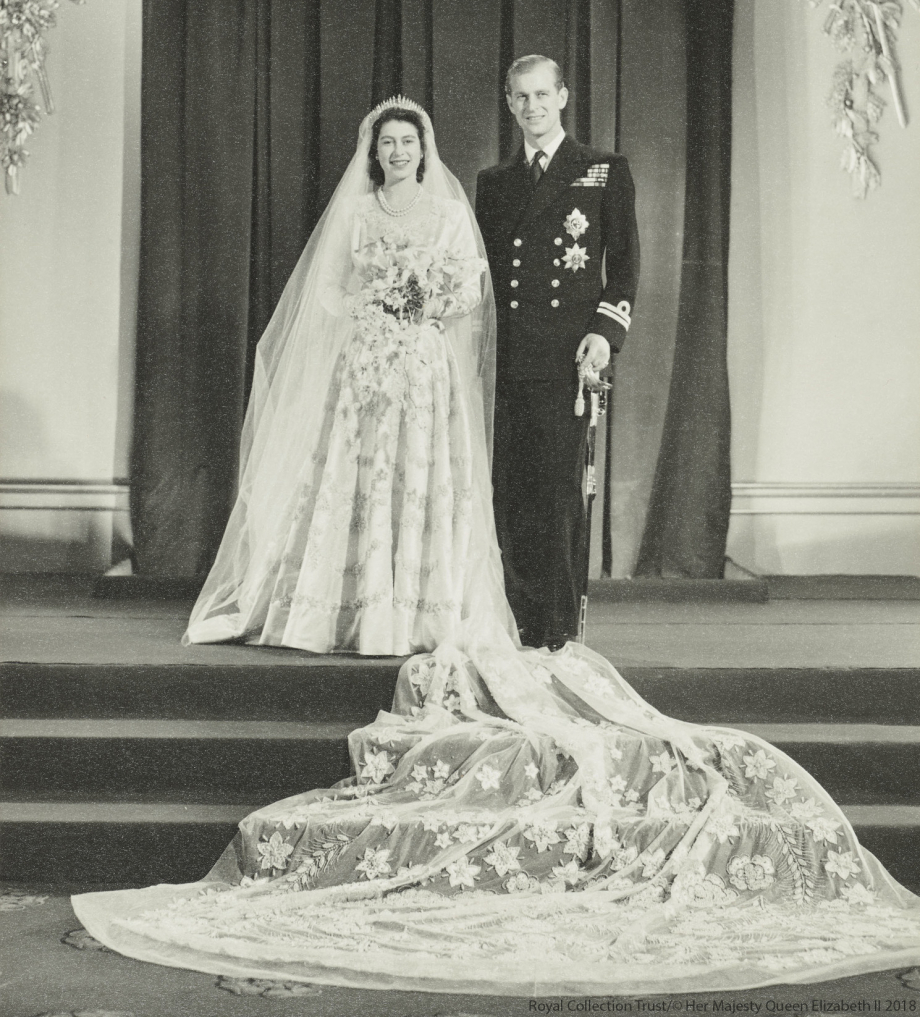
On the white tulle veil rested a pearl and diamond tiara. The fan-shaped train, 14 feet long, in transparent ivory silk tulle, ended in a deep border of embroidered roses and wheat motifs.
Take a look at some of the details of the dress here.
Diana, Princess of Wales
Hand embroidery in tiny mother-of-pearl sequins and pearls, centring on a heart motif, created a dazzling effect on the romantic, full-skirted wedding dress of ivory silk taffeta, with lace flounces adorning neckline and sleeves, designed by David and Elizabeth Emanuel for Lady Diana Spencer's wedding to The Prince of Wales in July 1981.
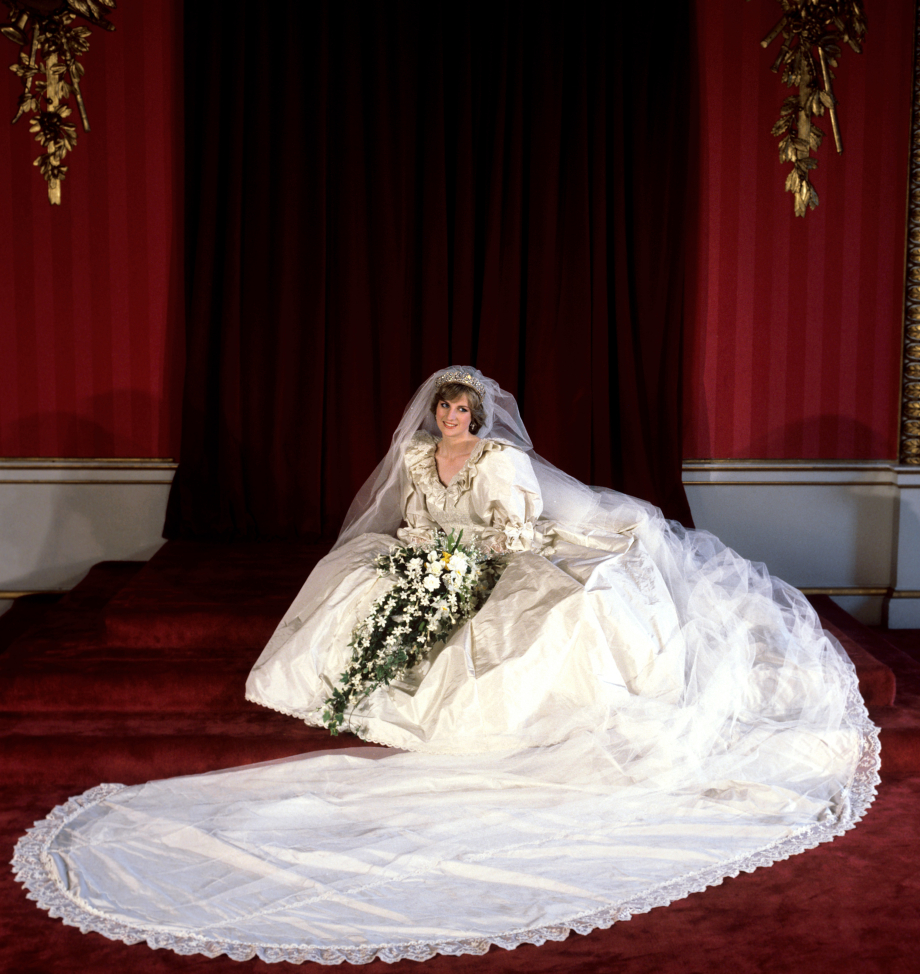
The fitted and boned bodice had embroidered lace panels (the lace had belonged to Queen Mary) and waist, hem and long train were decorated with more lace sparkling with pearls and sequins. Her ivory silk tulle veil, spangled with mother-of-pearl sequins, was held by the Spencer family's diamond tiara. The pearl and sequin embroidery was repeated on the hand-made ivory silk slippers.
The Countess of Wessex
The dress for Miss Sophie Rhys Jones's wedding to Prince Edward (now The Earl and Countess of Wessex), was designed by Samantha Shaw and was made of hand-dyed silk organza and hand-dyed silk crepe. It was full-length, with long sleeves and the detail consisted of rows of pearls and crystal beading around the neck, sleeves and train, with further beading down the back and front of the dress-coat. 325,000 cut-glass and pearl beads are sewn on the dress, which was corseted, with a v-neck. The full length veil was one inch longer than the train, and was made from hand-dyed silk tulle, and hand-finished with spotted crystal detail.
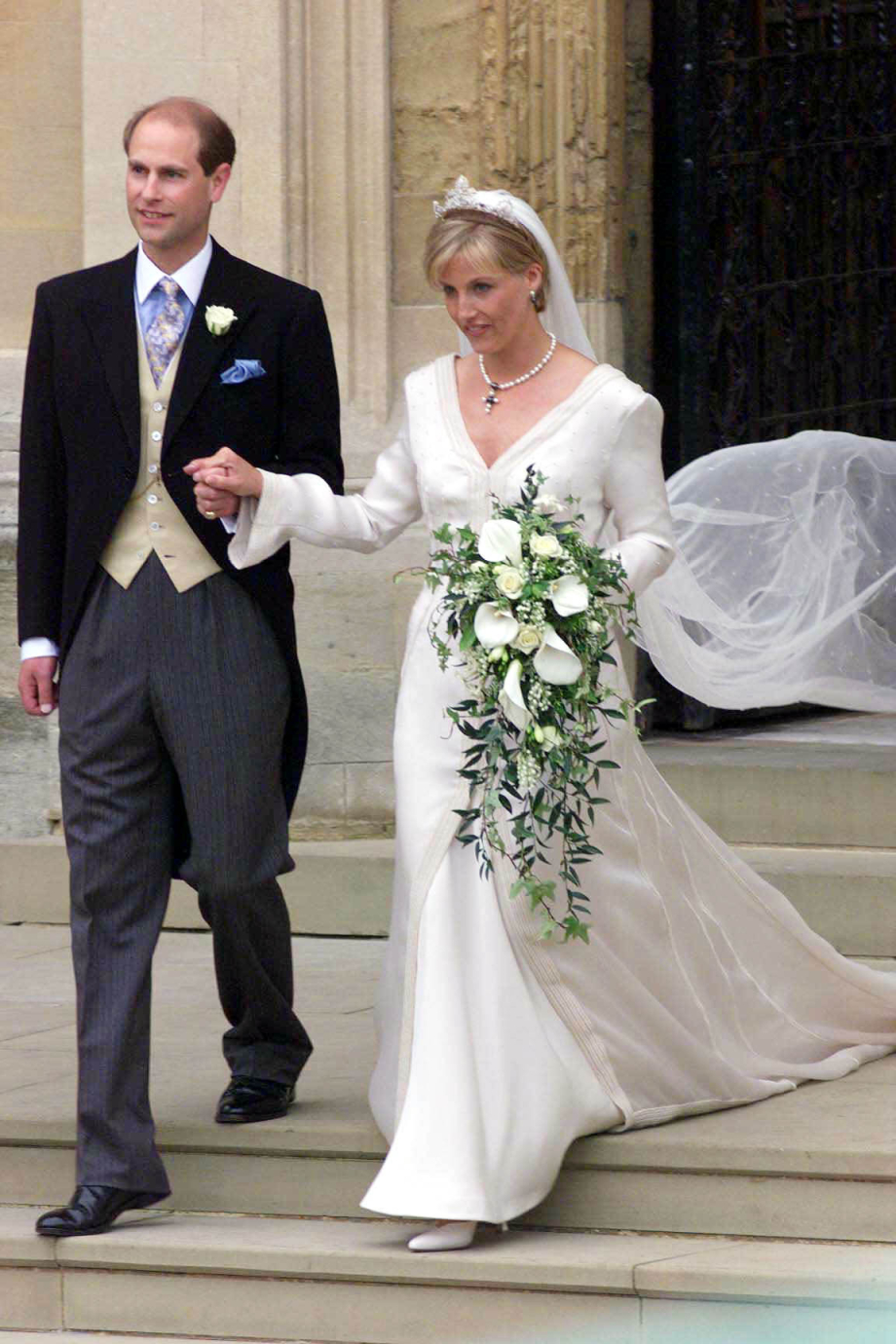
Her Royal Highness also wore a black-and-white pearl necklace, interspersed with white gold rondels, and a matching pair of black-and-white pearl drop earrings, designed by The Earl. The diamond tiara, lent by The Queen, consisted of three open-work scroll motifs, designed and re-modelled by the then Crown Jeweller.
The Duchess of Cornwall
The Duchess of Cornwall married The Prince of Wales at the Windsor Guildhall on 9 April 2005. Following the wedding, The Duchess and Prince had a service of Prayer and Dedication at St George's Chapel, Windsor Castle.
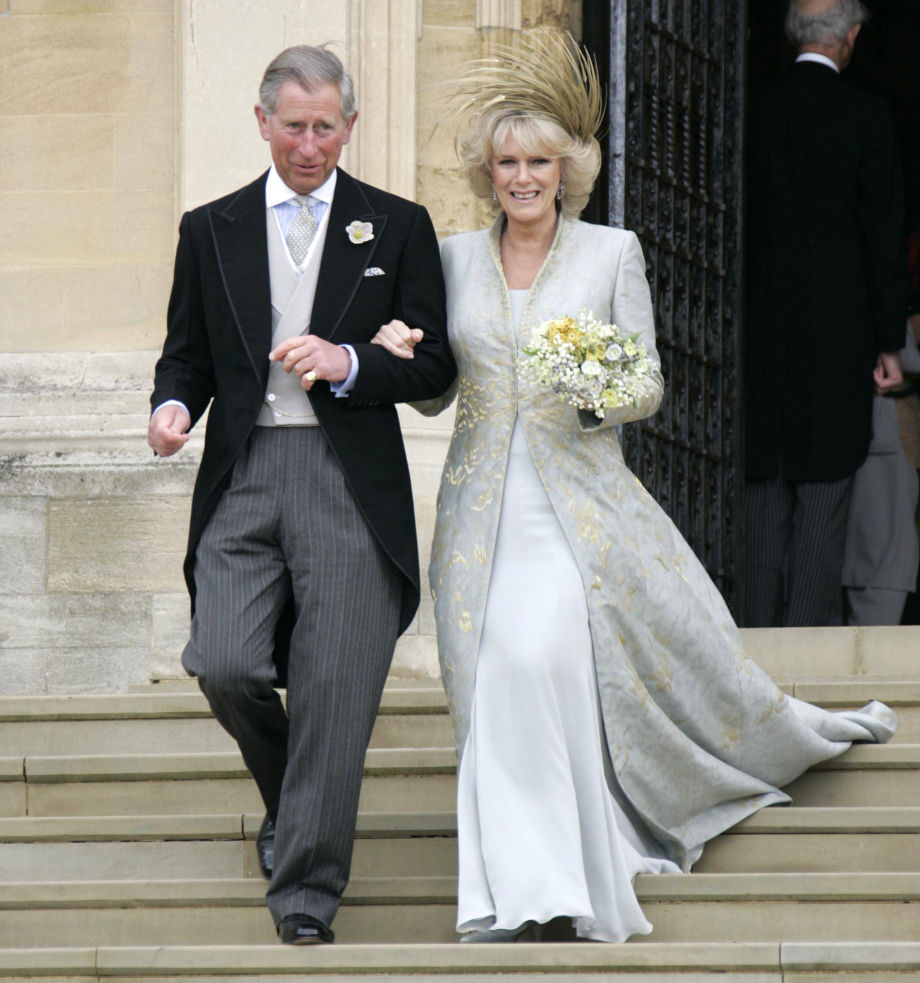
The dress, designed by Robinson Valentine, was a floor-length embroidered pale blue and gold coat over a matching chiffon gown with a dramatic spray of golden feathers in her hair.
The Duchess of Cambridge
Sarah Burton, working for Alexander McQueen's House, designed the wedding dress for Catherine Middleton's wedding to Prince William, now The Duke and Duchess of Cambridge on 29 April 2011 at Westminster Abbey.
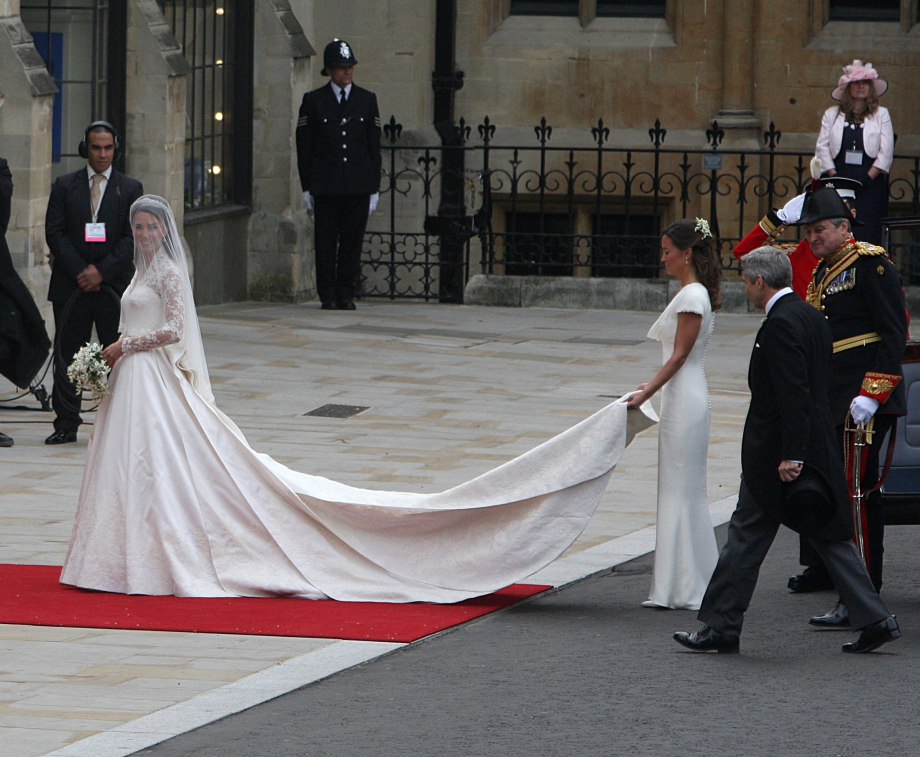
The ivory satin bodice was padded slightly at the hips and narrowed at the waist, and was inspired by the Victorian tradition of corsetry that is a particular Alexander McQueen hallmark. The bodice incorporated floral motifs cut from machine-made lace, which were then appliqued onto silk net by workers from the Royal School of Needlework, based at Hampton Court Palace. On the back were 58 buttons of gazar and organza, which fasten by means of Rouleau loops.
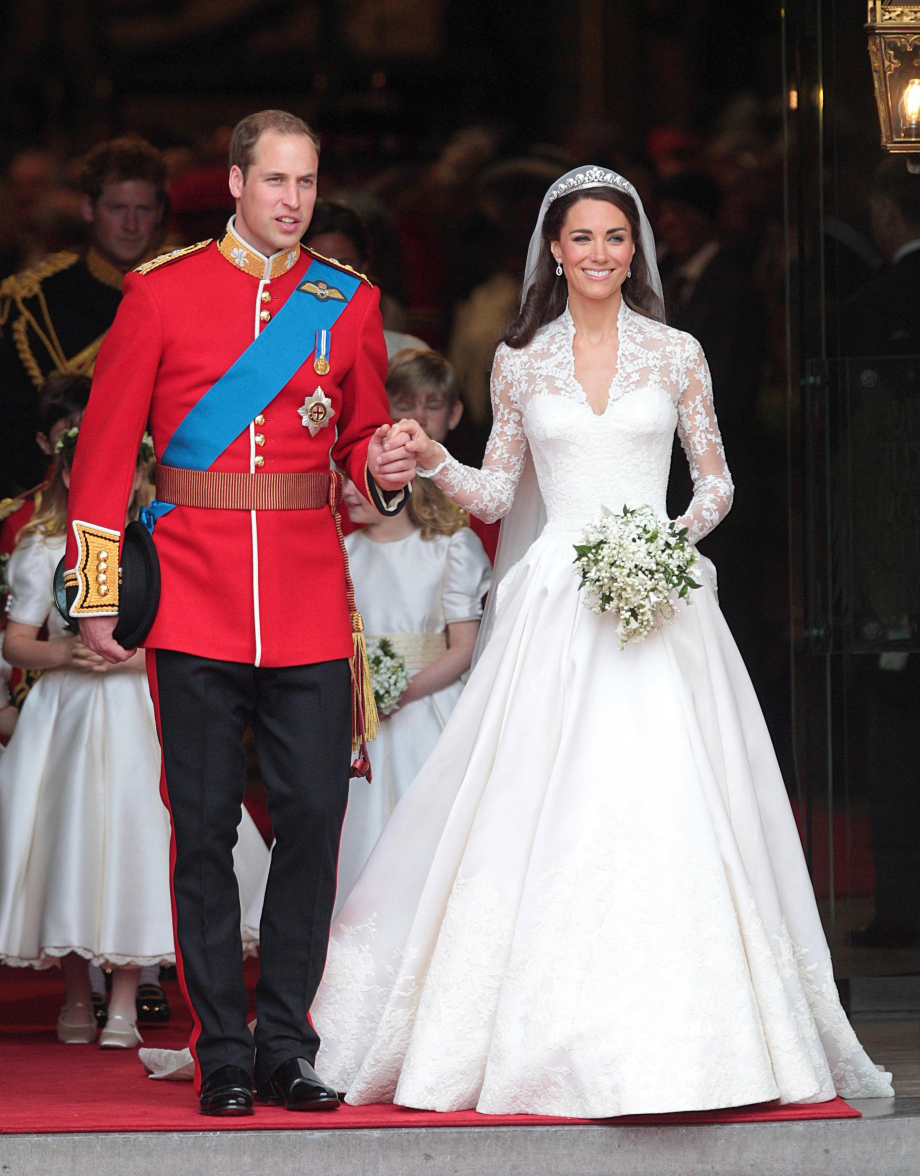
The skirt, underskirt trim and bridal train also incorporated lace appliqued in the same manner. The main body of the dress was made in ivory and white satin gazar, using UK fabrics which had been specially sourced by Sarah Burton, with a long, full skirt designed to echo an opening flower, with soft pleats which unfolded to the floor, forming a Victorian-style semi-bustle at the back, and finishing in a short train measuring just under three metres in length.
The Duchess of Sussex
The Duchess of Sussex's dress was designed by British Designer Claire Waight Keller, working for the French fashion house Givenchy.
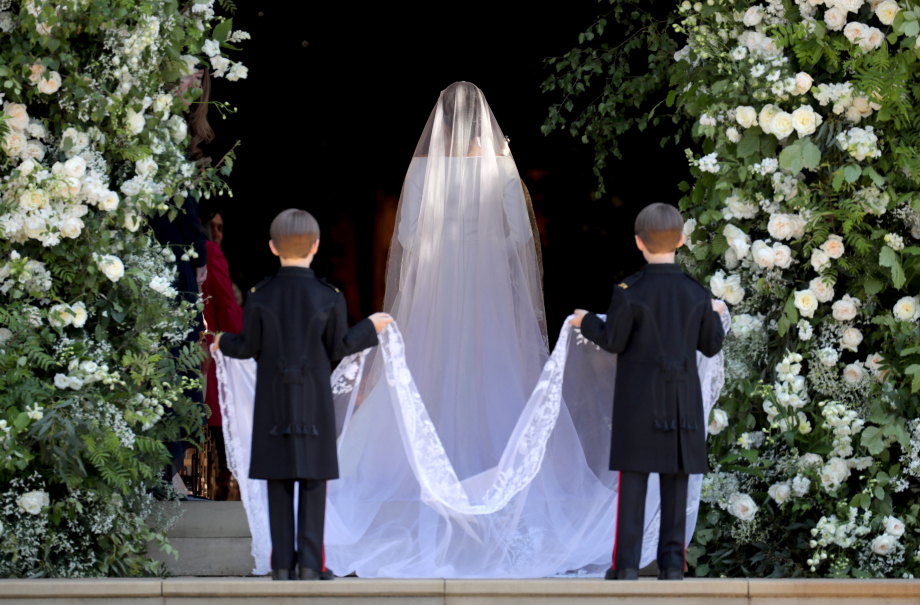
Her Royal Highness and Ms. Waight Keller worked closely together on the design. The dress epitomises a timeless minimal elegance referencing the codes of the iconic House of Givenchy and showcasing the expert craftsmanship of its world-renowned Parisian couture atelier founded in 1952.
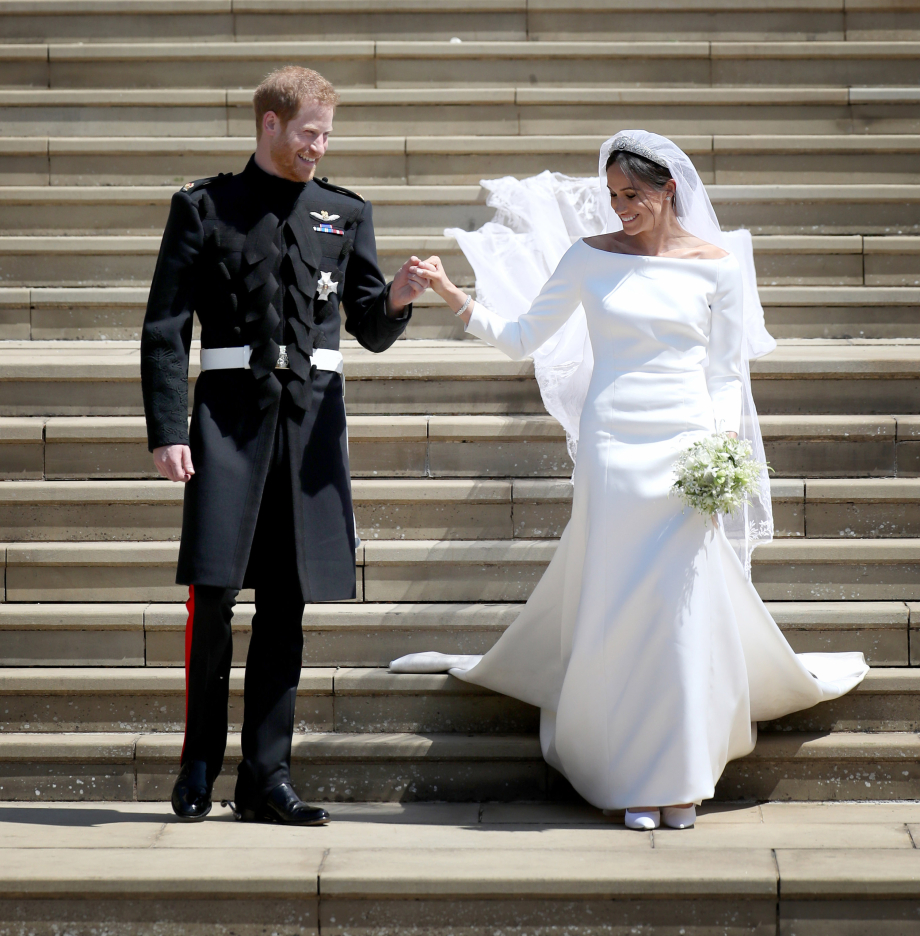
The dress was made from double bonded silk cady, with the pure lines of the dress were achieved using six meticulously placed seams. The Duchess expressed the wish of having all 53 countries of the Commonwealth with her on her journey through the ceremony. Ms. Waight Keller designed a veil representing the distinctive flora of each Commonwealth country united in one spectacular floral composition.
The veil was held in place by Queen Mary's diamond bandeau tiara, which was lent to Her Royal Highness by The Queen. The diamond bandeau is English and was made in 1932, with the centre brooch dating from 1893.
Princess Eugenie of York
The Princess’s dress was created by designers Peter Pilotto and Christopher De Vos. The design of the dress features a neckline which folds around the shoulders and a flowing full-length train.
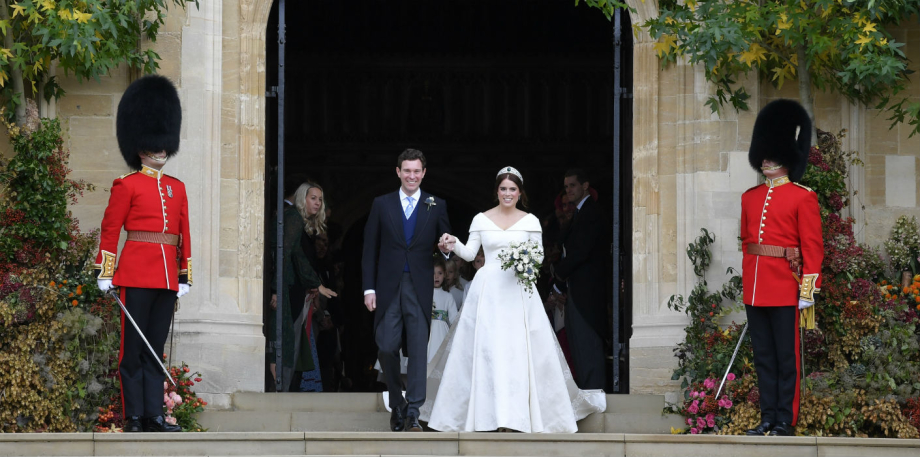
Princess Eugenie has said that the wanted a low back to the dress in order to show the scar from surgery she underwent aged 12 to correct scoliosis.
“I had always wanted a low back, part of it was showing my scar. I believe scars tell a story about your past and your future and it’s a way of getting rid of a taboo,” – Princess Eugenie.
“For me it’s a way of communicating with people who are going through either similar situations with scoliosis or having a scar of their own they are trying to deal with.”
The fabric of the dress, also designed by Mr Pilotto and Mr De Vos, includes a number of symbols that are meaningful to Princess Eugenie, such as the White Rose of York, interwoven with ivy.

